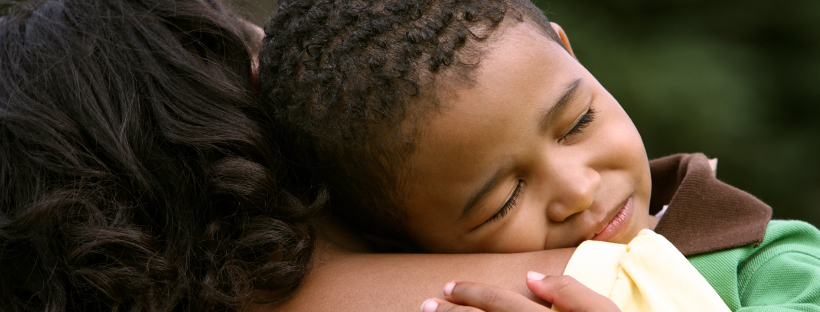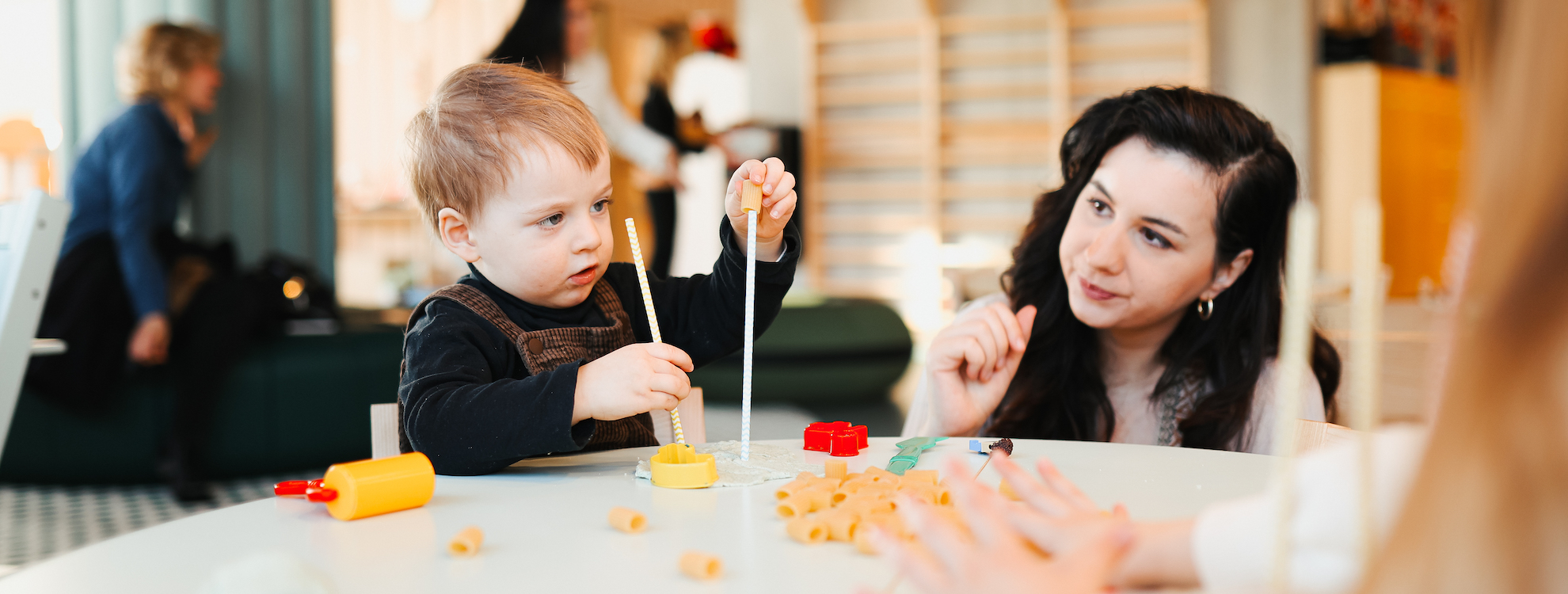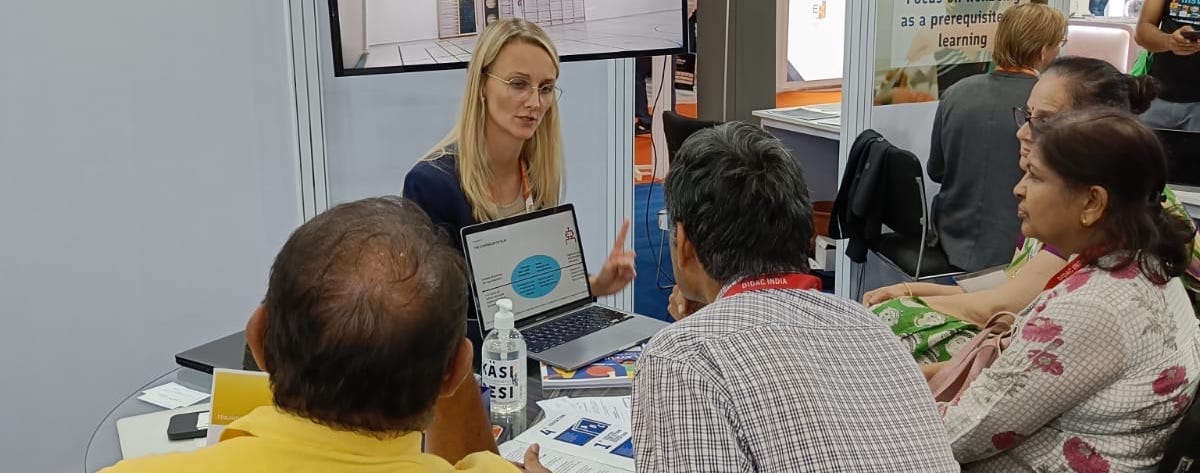For students in Finland, the journey of becoming lifelong learners starts before school, in Finnish kindergartens and preschools. With no homework or mandated standardized tests, they spend their time playing, exploring, and learning to learn. As a result, Finland has a 100% literacy level, high performers in international assessments, and children who love going to school.
Claire Sanders from FunAcademy asked kindergarten and preschool teachers to break it down. FunAcademy kindly permitted Kindiedays to repost their findings as we share the same views and have built Kindiedays preschool solutions on the same strengths.
1. Play-based learning
“Children play a lot. We do have a curriculum and preschool plan. But teachers are free to create our way to work.” – Anna from Tampere, Kindergarten Teacher.
Preschoolers in Finland spend their days in kindergarten playing and exploring. There are of course different types of play such as digital play, active play, creative play, social play, and free play. While some of it is structured, for the most part, children are encouraged to play freely and independently with their peers. According to extensive studies, play, and exploration are children's most natural forms of acting and thinking characteristics. Therefore, with a predominantly play-based approach Finnish kindergartens integrate different types of play to optimize children’s learning experience. In other words, they have mastered the art of making learning fun!
.png)
2. Spending quality time outdoors
“We take trips to the forests. Even in the city center, we have parks and forests we can go to. Children love that, and we have really special moments there.” – Ulla from Helsinki, Kindergarten Teacher and Manager.
The Finnish landscape is truly enchanting with an abundance of forests, parks, and lakes around every corner. Furthermore, the country also experiences all four seasons from hot summer days to subzero winters. Finnish kindergartens introduce children to the nation’s ever-changing climate by spending time outdoors with the kids. Therefore, in every weather toddlers and teachers gear up in appropriate clothing and play outside multiple times a day. They escape into nature, away from screens, ready-made toys, and the hustle and bustle of life indoors. Often kids make their own toys using sticks and other things they find in nature, which boosts their creativity and imagination.
.png)
3. A dedicated team of early childhood professionals
“Children have a lot of contact with teachers and other adults in the kindergarten. We interact, play, and observe them all the time.” – Maria from Córdoba based in Helsinki, Kindergarten Teacher.
Running a Finnish kindergarten or preschool is a team effort by a group of highly trained professionals in ECEC. Therefore, this includes teachers, nurses, therapists, special education teachers and other specialists in the field. Children have constant contact with this team of professionals, while continuously interacting with their peers. Moreover, each child is given special attention and is closely observed in different situations throughout the day. The kindergarten also maintains a continuous dialog with parents. The aim is to ensure children receive the best possible support to develop their overall well-being at school and home.
.png)
4. Mixed age group pedagogy
“One of the most special things about Finnish kindergartens is the mixed age group pedagogy.” – Essi from Jyväskylä, Kindergarten Teacher.
Development is not a linear process, but rather a complex and multifaceted journey. Early childhood development is domain-specific, with each area progressing on its own timeline. Some skills develop continuously, while others achieve immediate change upon reaching a physiological threshold.
In a Finnish kindergarten or preschool, you will often find children from ages 1 to 6 years playing and learning side by side. While children are further divided according to more specific age groups, they spend a lot of time together. Firstly, this enables younger children to look up to and learn from their older counterparts during day-to-day activities.
On the other hand, it encourages older children to be more caring, compassionate, and empathetic towards younger students. More importantly, they get to be mentors and role models, taking on the responsibility of leading through example. Our society is made up of people from all ages and different walks of life. Therefore, students in Finnish kindergartens get an excellent orientation to the real world through mixed-age group pedagogy.
.png)
5. Special. focus on emotional skills
“We help children to use their senses and understand how they feel right now. And why they feel this way.” – Salla from Mikkeli, Kindergarten Teacher.
Following a holistic approach, early education in Finland strives to develop the mental, physical, social, and emotional skills of children. This means little children are taught how to use their five senses to understand the world around them. Furthermore, they are guided on how to regulate the feelings triggered by their senses. If a child sees a beautiful flower and feels happy should he pluck it? If he is frightened by hearing thunder what must he do? Moreover, if he is sad, angry, or uncomfortable is it because he is hungry or cold? Or is it something bigger like a fight with a friend or a situation at home? Most importantly, does he know how he is feeling right now can change after a little while? In Finnish kindergartens and preschools, children discover effective and positive ways to balance their emotions and express themselves.

6. Child-led approach
“In Finland, we have a child-led approach. Children know much better how they want to learn.” – Olli from Järvenpää, Kindergarten Teacher, Director and Fun Academy Trainer.
The teacher’s role in a Finnish kindergarten and preschool is to support and enable learning. Children proactively engage in the learning process taking more control of how they learn. The classrooms are far from the traditional setup of rows of little desks and chairs where children sit rigidly, looking up at a teacher who is authoritatively standing over them. Instead, teachers sit with students discussing and playing together with them. As a result, children quickly identify their strengths and interests, as well as preferred method of learning. Thus, when the focus is on ‘how’ kids learn, what they learn, or ‘knowledge’ follows naturally in an effortless and fun way.

7. Respecting children and teachers as individuals
“Respect is the substantial foundation we have in the education set-up in Finland. We respect students and educators as individuals.” – Saara from Espoo, VP of Education and Master Trainer at Fun Academy and Kindergarten Teacher.
In the Finnish education system students and teachers are respected as individuals. Their unique personalities are celebrated and individuality is treasured. Children are not considered empty jars to be filled with knowledge or blobs of clay to be molded. Instead, they are treated as little sprouts and nurtured to grow in the direction they prefer. Furthermore, teachers are highly trusted and given the autonomy to decide the best way to teach their students. Moreover, they are empowered with extensive training, as well as high-quality learning resources and tools. Finnish early education is a collaborative effort to help every child become the best versions of themselves within a safe, empowering, and fun learning environment.

Adapting to national curriculums, local needs, and cultures
The Finnish Way should never be copied to other countries but adapted to national curriculums, local needs, and cultures. That is exactly what we at Kindiedays do together with our customers.
Take action now: Visit Kindiedays website or schedule a Free Consultation Call to discover how our tailored solutions can facilitate a high-quality learning environment. Explore how we can help you elevate your preschool to new heights of educational excellence.

SCHEDULE A FREE CONSULTATIVE CALL
Team Kindiedays,
.png)